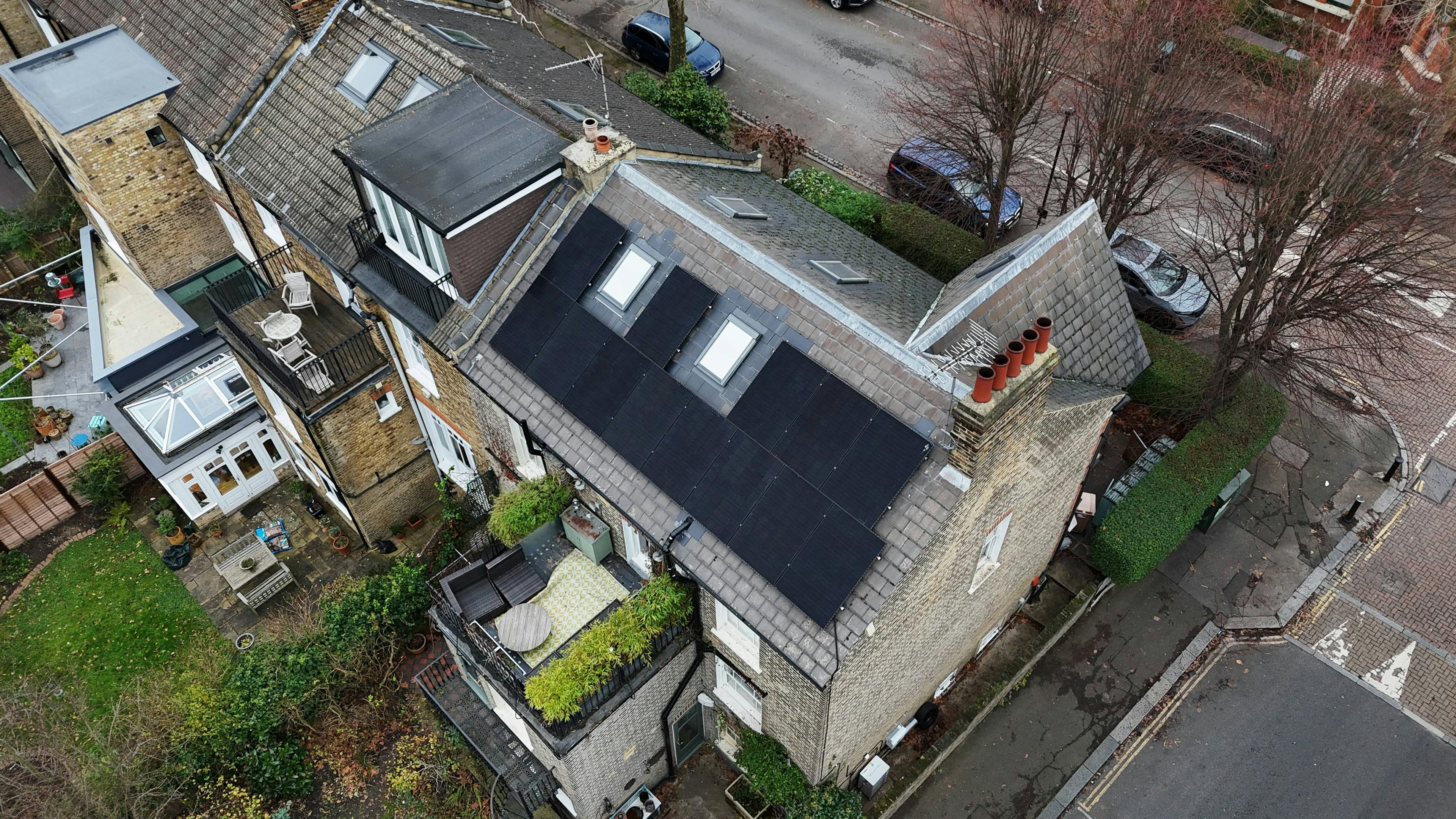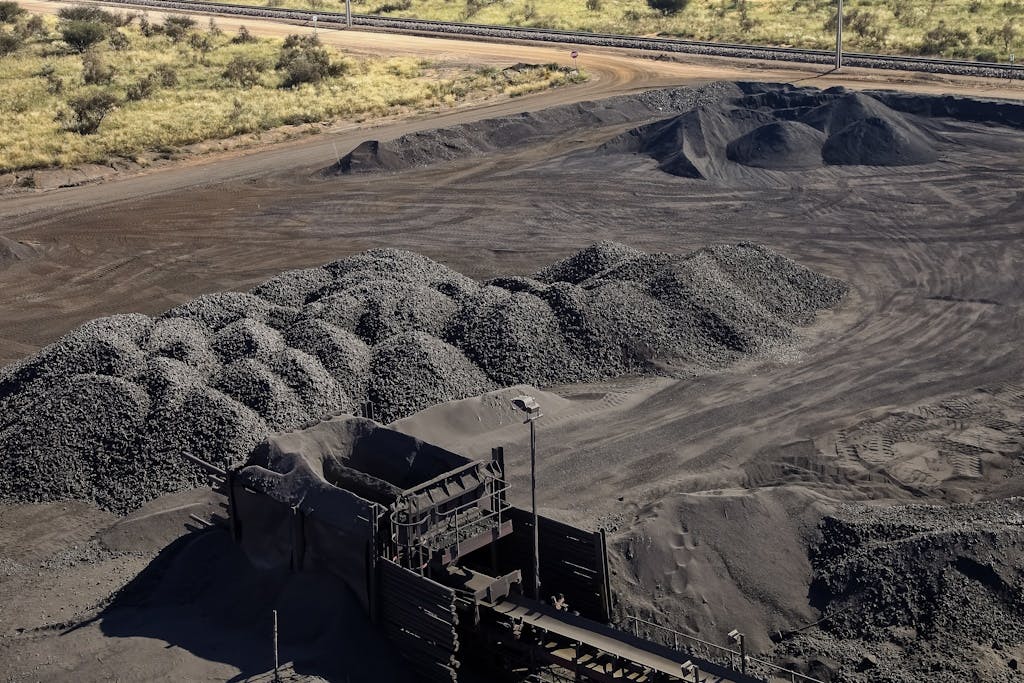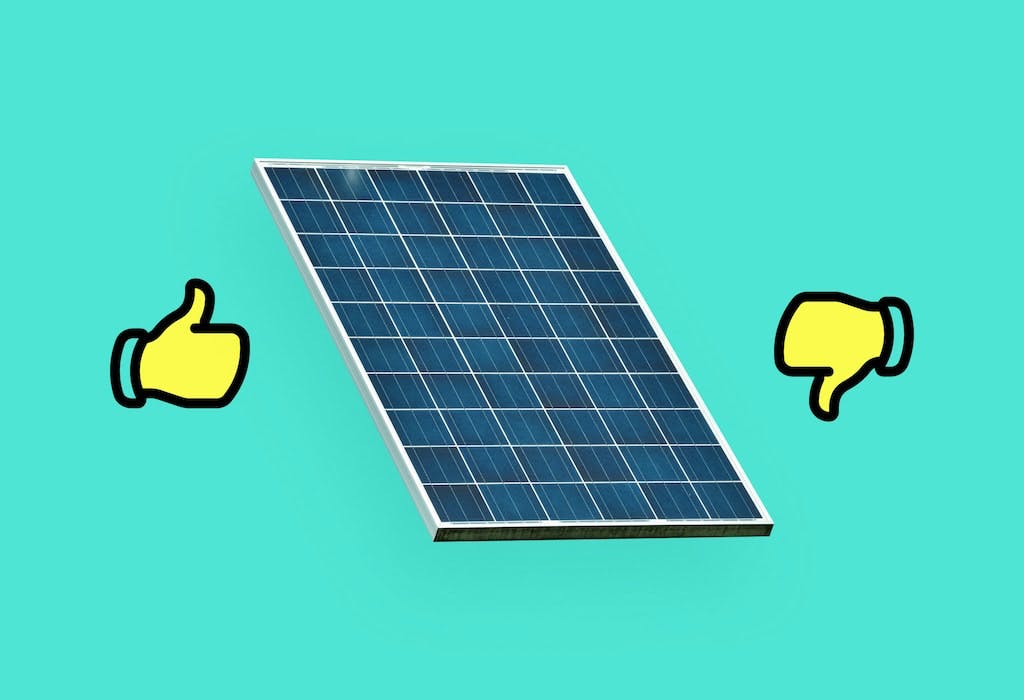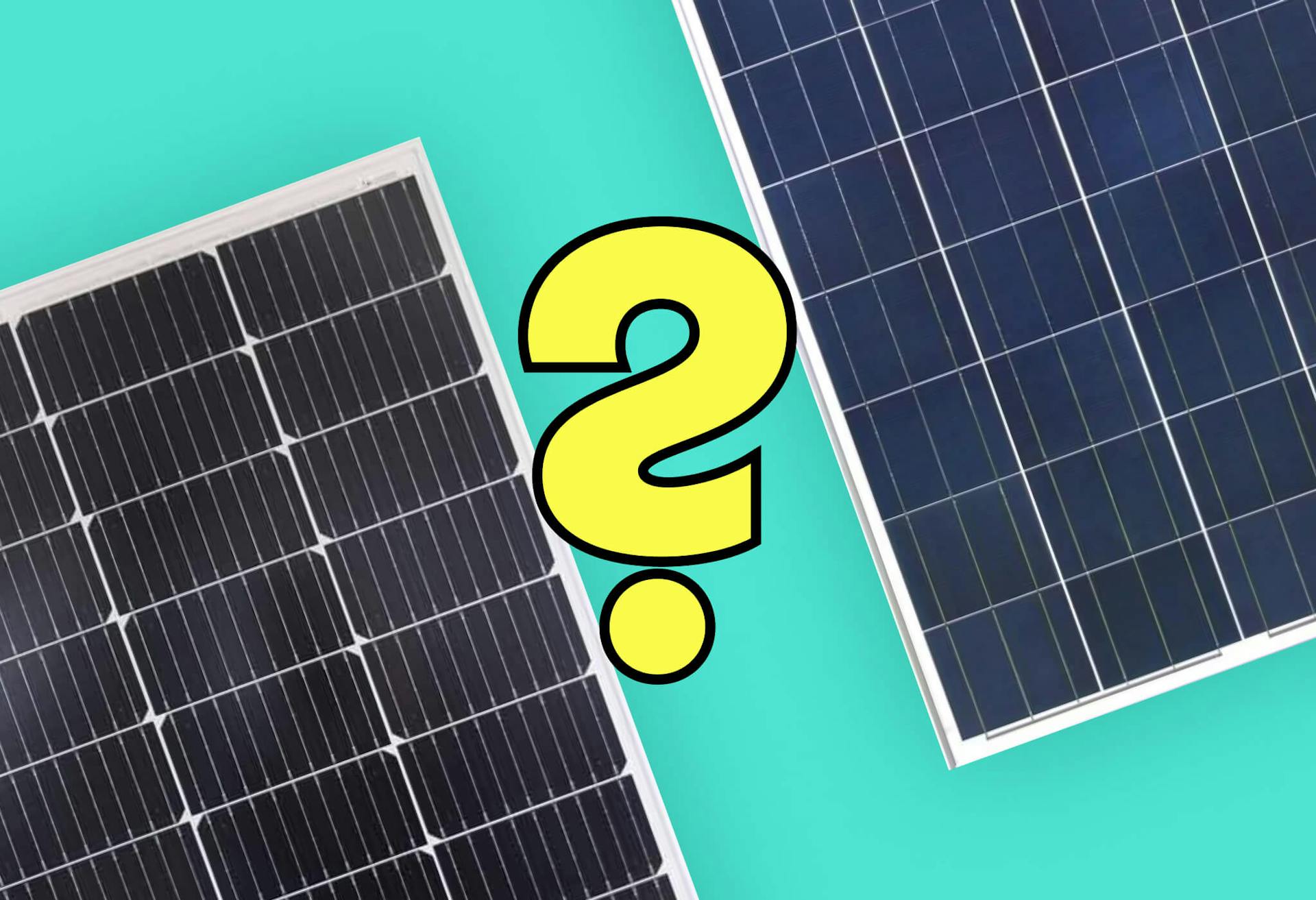- Solar advice hub
- Solar-energy
- What's the carbon footprint of solar panels?
What's the carbon footprint of solar panels?
Here's the carbon footprint of solar panels, what contributes to it, why it's set to keep shrinking, and how long it takes for a panel to offset its emissions.


Why you can trust our content
We know that the solar industry is full of misinformation, but we only use reliable sources, including:
- Our experienced solar experts, installers and system designers
- Our own database of solar & battery system designs
- Authoritative bodies like MCS and the UK government




At a glance
Solar panels are playing a crucial role in the transition from fossil fuels to renewable energy – but like everything else, manufacturing them produces carbon emissions.
Fortunately, their impact is low – making up a mere 0.15% of the world’s energy-related emissions, according to the International Energy Agency (IEA) – and getting even lower.
And even better, solar panels produce enough electricity to offset their own manufacturing emissions in next to no time, then continue generating energy for decades afterwards.
In this guide, we’ll explain the carbon footprint of solar panels, what contributes to it, and why it's set to keep decreasing as renewable energy gets increasingly popular. We'll also delve into how long it takes for a solar panel to make up for its carbon emissions.
If you’re wondering how much you could save with a solar PV system and storage battery, enter a few details below and we’ll generate a quick estimate.
How big is the carbon footprint of solar panels?
Solar panel manufacturing produced more than 51.9 million tonnes of CO2 in 2021, according to the IEA.
Its footprint equates to 0.15% of the world’s energy-related emissions – a tiny fraction – and ultimately, all CO2 released during the production process is cancelled out by the electricity the solar panels go on to generate.
A 2021 IEA report explained: “The amount of CO2 emissions PV plants are able to displace during their operational lifetime far outweighs the volume emitted during module manufacturing.
“For instance, 1GW of installed solar PV capacity could offset 1.5 million tonnes of carbon dioxide annually from coal-fired generation.”
However, if you’re wondering how much CO2 would be emitted to create a solar panel system for your home, you may struggle to find a definitive answer.
Measuring the carbon footprint of individual solar panels is extremely difficult, since it depends on numerous factors including how the panel’s parts are created and mined, how the panel is made, and what type of panel it is.
You’d then have to take into account how much electricity it generates over its lifespan, which would require knowledge of its angle and direction, location, and the area’s solar irradiance – that is, the sun’s average intensity in a specific area.
Thankfully, domestic solar panels also cancel out their carbon emissions pretty quickly by providing a year-round supply of clean energy, which we’ll delve into more below.
The same cannot be said about fossil fuels. In 2021, coal produced more than 40% of energy-related CO2 emissions – about 270 times more than solar – with no hope of offsetting that figure.
You also rarely buy a household appliance that has a positive environmental impact. Dishwashers, washing machines, and TVs emit CO2 during production and while they’re in your home – but not solar panels, which shrink your carbon footprint with decades of renewable electricity.
Do solar panels ‘pay off’ their carbon footprint?
Solar panels do produce enough renewable electricity to offset their own production’s carbon footprint – and quickly.
They complete this achievement in just 0.44 to 1.42 years on average, according to a Fraunhofer Institute for Solar Energy Systems report.
The average solar panel in Europe offsets its emissions in either 1.18 years if it was made in China, or 1.05 years if it was produced in Europe.
You shouldn’t take any of these figures as gospel, as your system’s emissions payback period will depend on a number of factors, and because experts like Doomberg have tried and failed to settle on a single answer.
There is a trend, though: solar panels cancel out their own CO2 emissions in barely any time.
Considering the lifespan of modern panels is around 30-40 years, this should leave your system with decades in which to replace tonnes of CO2-emitting energy with renewable electricity.

Domestically produced solar panels
Domestically made solar panels generally only have to operate for between 0.5 to 1.25 years to offset their production emissions, according to the IEA.
It would be environmentally better to manufacture solar panels in the UK.
However, this is less to do with transportation emissions – which as we’ve already discussed, only make up 3% of a solar panel’s total carbon footprint – and more to do with our electricity mix.
58% of the UK’s electricity is fuelled by low-carbon sources, which would allow solar manufacturers to cut their emissions.
What contributes to the carbon footprint of solar panel manufacturing?
There are four main ways in which the solar panel manufacturing process emits CO2.
Like all products, materials must be sourced, altered and combined in specific forms, before being transported to the supplier, then the customer.
Here are the key factors:
- Mining for metals
- Polysilicon, ingots and wafers
- Coal-powered electricity
- Transporting solar panels
1. Mining for metals
To produce monocrystalline solar panels, manufacturers currently use metals including silver, copper, tin, lead, and aluminium, while thin-film panels require rare metals like tellurium, cadmium, and indium.
And to create the batteries that allow households to save even more on their electricity bills, companies need lithium, cobalt, nickel, and manganese.
These metals are mined all over the world, on nearly every continent. The main players are China, Australia, Russia, Canada, and the US, with China ruling the roost when it comes to tin, aluminium, tellurium, cadmium, and indium.
It varies depending on the metal though – Mexico produces the most silver, Indonesia the most nickel, and South Africa the most manganese, according to the US government’s 2024 Geological Survey.
Extracting, processing, and transporting all of these metals requires energy and water, much of which is emitted as greenhouse gases.
These processes can also contaminate an area’s air, soil, and bodies of water if not carried out properly, and can lead to deforestation that hinders the fight against climate change.
It’s practically impossible to tell what the carbon footprint of these processes is at the moment.
Fortunately, this may change soon if the Coalition on Materials Emissions Transparency (COMET) – a non-profit group of industry and academic experts that’s partnered with the UN – succeeds in creating a framework to measure supply chain emissions.
Greenhouse gases aren’t limited to renewable energy sources, either. Fossil fuels also have to be extracted, refined, and moved all over the world – and their carbon footprint continues growing rapidly once they start generating energy, unlike solar panels.
To learn more, check out our guide to what solar panels are made of.

2. Polysilicon, ingots, and wafers
These core parts of a solar panel are all energy-intensive to produce, though not when compared to similar products made in other large industries.
40% of the energy used to manufacture solar panels goes into creating polysilicon, which is more than any other part of the entire supply chain.
To make it, companies melt chunks of quartzite in a furnace at roughly 1,700°C, which produces metallurgical-grade silicon – that is, silicon that’s pure enough to be used in metalworks.
In 90% of cases, workers will then use the Siemens process to remove more impurities, until they’re left with solar-grade polysilicon. This method requires around 170 kilowatt-hours (kWh) of energy for every kilowatt-peak of solar panels it produces.
This is intensive, but considering a standard 400-watt solar panel produces around 340kWh per year in average UK solar irradiance, it’s an investment worth making.
The material, which is now between 99.9999% (known as 6N) and 99.999999999% (11N) pure, is then formed into ingots. In total, the whole undertaking involves between 100 and 200 hours of heat being applied unceasingly at a precise temperature.
These ingots are then sliced into wafers and used to create polycrystalline solar cells.
The process of creating monocrystalline wafers, which come from one distinct silicon crystal, is around 3.5 times more energy-intensive – which is an issue, since monocrystalline solar panels are increasingly popular, thanks to their higher efficiencies and longer lifespans.
A manufacturer’s last step is to dry and cool the wafer, before it’s placed in a panel as a cell. This stage is the least energy-intensive.
3. Coal-powered electricity
Electricity provides 80% of the energy needed to make solar panels, which provides companies with an opportunity to largely avoid using fossil fuels.
Unfortunately, coal currently fuels 62% of this electricity – well above the global rate of 36%.
This is largely because solar manufacturing is concentrated in China, and specifically in the coal-heavy areas of Xinjiang and Jiangsu.
These two places dominate the solar industry from opposite sides of the country, but do so with electricity that’s 75% powered by coal.
If it was possible to shift a large amount of solar manufacturing to Sichuan and Yunnan in the south of China, it could significantly reduce its carbon footprint.
These neighbouring provinces use hydropower to run the great majority of their electricity, with Yunnan supplying 81% of its electricity in this way, and Sichuan providing more than 80%.
They already possess a substantial amount of solar production capacity, but nowhere near as much as their coal-using counterparts. If that changes, it’ll make a huge difference.
The national trend is encouraging. China powers 30% of its electricity with renewable sources, as of 2022, which is up from 20% in 2013.
In the same time frame, hydro has increased its electricity output by 47%, wind by 440%, and solar panels by an astounding 2,665%.

4. Transporting solar panels
Transportation is responsible for just 3% of solar panel emissions.
Moving panels, cells, wafers, and polysilicon around the globe releases 1.8 million tonnes of CO2 per year.
Panels account for around 95% of emissions in this category, because the great majority of solar manufacturing is carried out in Asia, which means the supply chain only involves a limited number of small journeys – until the final product is shipped.
At this point, panels are sent all over the world, largely travelling from China, Vietnam, Malaysia, and Thailand to the US, India, Brazil, and Europe.
62% of solar panel transportation emissions come from Chinese exports, which is down to how many panels China manufactures every year, and how far shipments must travel to get to destinations like Brazil and Europe.
Are carbon emissions from solar panel production decreasing?
Carbon emissions from solar panel manufacturing are increasing overall – but the amount of emissions produced per panel is decreasing.
This is a key point, as solar production will – and should – keep growing rapidly. Solar is cheap and good for the planet, to the extent that it quickly offsets its own manufacturing emissions, and is rightly playing a big part in the move from fossil fuels to renewables.
The emissions intensity of solar panel manufacturing fell by around 45% between 2011 and 2021.
This drop was caused by a few factors, but two-thirds of it came from an increase in material efficiency – that is, getting an equal or better result while using less material.
For example, the amount of silver in each solar cell fell by one-third from 2009 to 2018, as manufacturers found new ways to streamline their products and processes.
The second-most important element was the rise of renewable electricity in big solar manufacturing countries, including China, Germany, and the US, which shows no signs of stopping.
The rest of the reduction was down to energy efficiency gains made in polysilicon production. Researchers have cut the energy needed for the highly intensive Siemens process by around 50% over the past decade, which has been extremely impactful.
This is part of why as production expanded sixfold from 2011 to 2021, energy usage only rose fourfold – and that’s all while advancing solar technology at an exciting rate.
Monocrystalline solar panels have become the best and most popular type of solar panel on the market in less than a decade, despite the fact that it takes 11 times more energy to create monocrystalline wafers than polycrystalline wafers.
In emissions terms, this increase has been offset by other energy savings – and it seems likely that scientists will develop more energy-efficient ways to produce monocrystalline wafers in the coming years.
How are solar panels disposed of?
Solar panels can be recycled, and the materials reused in other products.
All UK solar panel owners have to do is contact their installer, which is legally compelled to organise for your system to be removed and recycled, all for free.
That’s because manufacturers and importers have to adhere to the Waste Electrical and Electronic Equipment regulations, which require them to join a government-approved Distributor Take-back Scheme.
If your installer has gone bust, you can just ask a producer compliance scheme, like PV CYCLE, to take your panels away and recycle them.
Once your panels have been taken to a recycling facility, the first step will be to remove the aluminium frame, which can be recycled in its entirety.
Workers will then strip out the glass – 95% of which can be reused – before turning the temperature up to 500°C so the cell modules can be separated from the rest of the panel.
These cells are taken away, about 80% of them to be reused, leaving you with silicon wafers. Around 85% of this material can be etched away from the panel to be formed into new silicon slabs.
Remaining metals, including silver and copper, can then be extracted and reused.
Overall, at least 85% of each solar panel is generally recycled and reused, though higher rates are certainly achievable.
For more information, read our guide to solar panel recycling.
Summary
The carbon footprint of solar panels is negative, meaning they save more CO2 than they’re responsible for emitting.
The manufacturing and transportation processes release a relatively small amount of greenhouse gases, and the amount emitted per panel is dropping.
It’ll keep falling as companies make their methods increasingly efficient and countries continue turning to greener sources of electricity.
If you’re wondering how much money and CO2 you could save with a solar panel system and storage battery, enter a few details below and we’ll generate a quick estimate.
Carbon footprint of solar panels: FAQs
Related articles

UK electricity consumption: is it increasing?
Read full story
The pros and cons of solar panels
Read full story
The 6 different types of solar panels
Read full story
How long do solar panels last?
Read full story
Written byJosh Jackman
Josh has written about the rapid rise of home solar for the past six years. His data-driven work has been featured in United Nations and World Health Organisation documents, as well as publications including The Eco Experts, Financial Times, The Independent, The Telegraph, The Times, and The Sun. Josh has also been interviewed as a renewables expert on BBC One’s Rip-Off Britain, ITV1’s Tonight show, and BBC Radio 4 and 5.